10 Blog Planning Tips That’ll Save You Hours Each Week
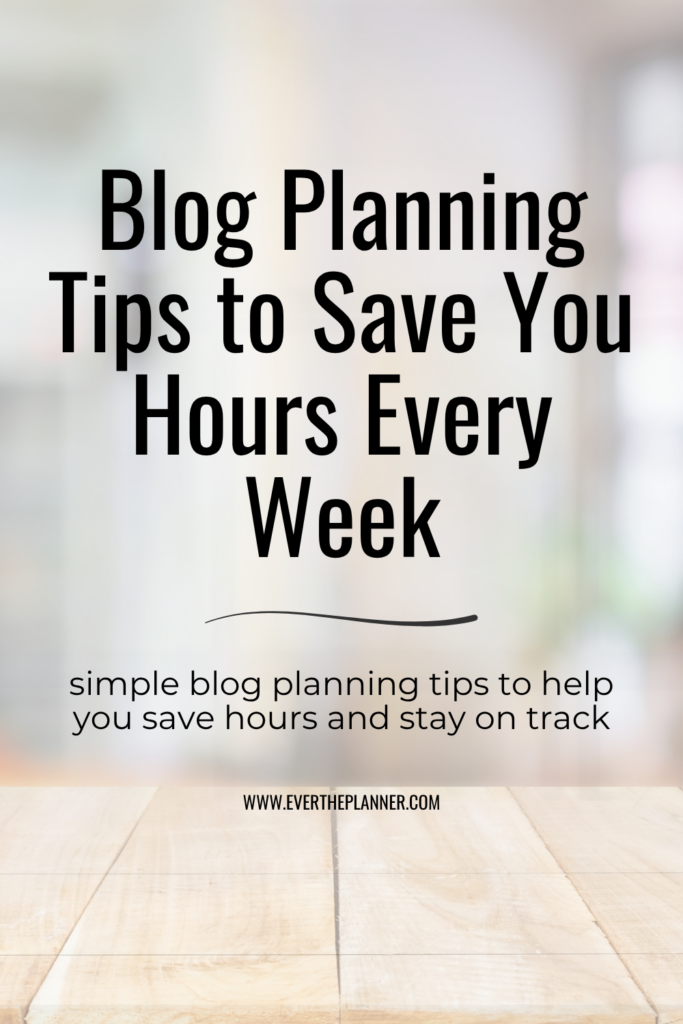
Planning your blog content shouldn’t take hours—but for many bloggers, it does. Between juggling ideas, second-guessing what to post next, and getting caught in the details, it’s easy to feel stuck before you even start. That’s where a few smart blog planning tips can make a huge difference.
With the right habits and a simple system, you can plan your content faster, stay organized, and save hours every week.
In this post, I’m sharing 10 blog planning tips to help you simplify your process and create content more consistently—without the overwhelm.
TL;DR:
Want to plan your blog content faster and more efficiently? These 10 simple blog planning tips will help you save time, stay organized, and create content that supports your goals—without adding stress to your week.
Why Blog Planning Matters (Especially for Beginners)
Good blog planning doesn’t just help you save time—it helps you show up more consistently for your audience and build momentum for your blog.
When you plan ahead, you can create content that supports your goals, ties into your lead magnets and offers, and ultimately grows your blog faster.
Without a plan, it’s easy to waste hours trying to figure out what to post next—or worse, fall off track completely.
And here’s the best part: blog planning doesn’t have to be complicated.
A few simple habits can help you stay organized, work more efficiently, and spend less time stressing over what to publish next.
In the tips below, I’ll share the exact strategies that help me plan content quickly and stay consistent—even when life gets busy.
If you want a simple tool to help you get started, be sure to grab my free Content Planning Workbook—it’ll help you organize your ideas fast.
10 Blog Planning Tips for Beginners
Start with a Simple Content Pillar Framework
Before you plan individual posts, it helps to know what categories your content will focus on.
Having clear content pillars keeps your ideas organized and makes planning much faster.
Brain Dump Blog Post Ideas Regularly
One of the fastest ways to plan your blog content is to start with a brain dump.
Getting your ideas out of your head and onto paper (or digital planner) makes it much easier to see patterns and prioritize.
I also use my 15-Minute Content Reset whenever I need to quickly organize a messy list of ideas into a focused plan.
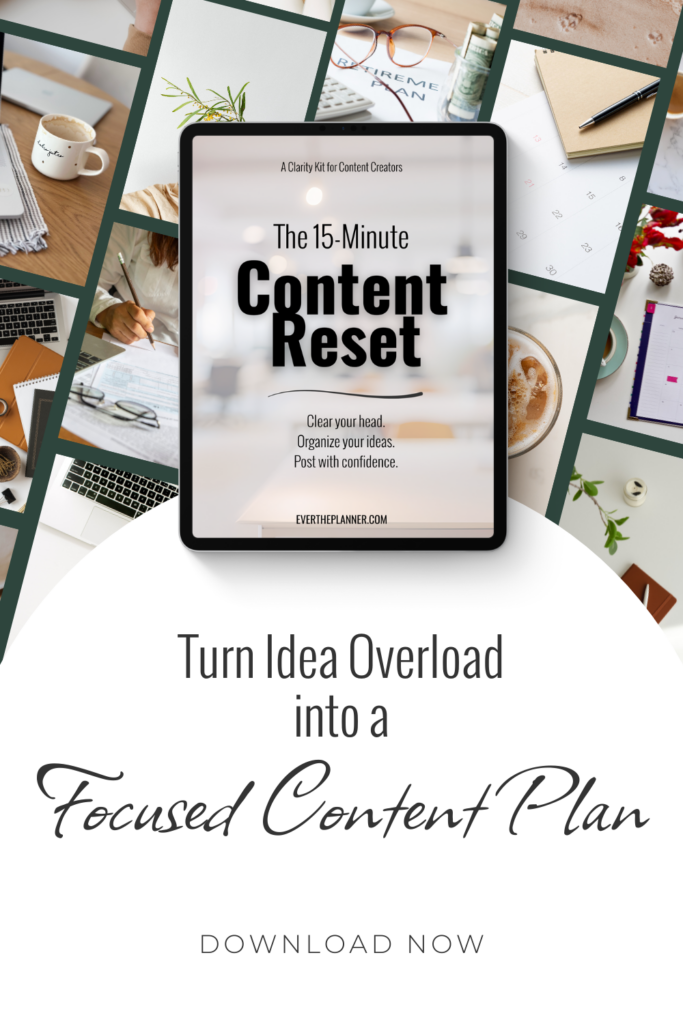
Use a Basic Content Calendar
You don’t need a complicated system to plan your blog content.
A simple calendar—whether it’s Google Calendar, Trello, a paper planner, or a spreadsheet—can help you map out what’s coming up and stay on track.
Plan Posts Around Your Lead Magnet
Your content should support your blog’s goals—which often includes building your email list.
When planning posts, think about how each one can naturally lead into your lead magnet.
For example, I often plan content that ties directly into my free Content Planning Workbook, since it’s designed to help readers take action on what they just learned.
Keep a Running List of Content Ideas
Instead of trying to think of new ideas every time you plan your content, keep a running list in your notes app, Trello board, planner, or spreadsheet.
This will save you tons of time and help you plan content more efficiently week to week.
And when you need to clean up and organize that list, the 15-Minute Content Reset can help you turn it into a clear weekly plan.
Batch Similar Tasks When Possible
Batching is one of the simplest ways to save time and reduce overwhelm.
Instead of switching between tasks constantly, try grouping similar tasks—write multiple post drafts in one session, design all your Pinterest pins in one block, or schedule social content in batches.
Repurpose Existing Content
You don’t have to reinvent the wheel every time you plan your content.
Look for opportunities to repurpose older blog posts, turn blog content into email series, or create fresh pins for high-performing posts.
Leave Room for Seasonal or Trending Content
While it’s great to plan in advance, always leave a little flexibility in your content calendar for seasonal posts or timely topics.
This keeps your content fresh and relevant—and can give your blog a nice traffic boost during peak times.
Set a Weekly Blog Planning Habit
One of the best ways to stay consistent is to set aside a dedicated time each week to plan your content.
It doesn’t have to take long—even 15–20 minutes can make a big difference.
My 15-Minute Content Reset is designed to help you build this habit and turn your weekly planning into a quick, focused process. It’s a game changer when you’re short on time.
Track What’s Working (and Plan More of It)
Pay attention to what’s working—Pinterest clicks, Google Analytics traffic, post engagement—and plan more content that resonates with your audience.
Tracking your results helps you make smarter content decisions and keeps your blog growth intentional.
And if you’d like help organizing all those new ideas you’ll generate, be sure to grab my free Content Planning Workbook—it’ll make your next planning session even faster.
Planning your content doesn’t have to be complicated or time-consuming.
With a few simple habits and a system that works for you, you can make blog planning feel lighter—and more effective.
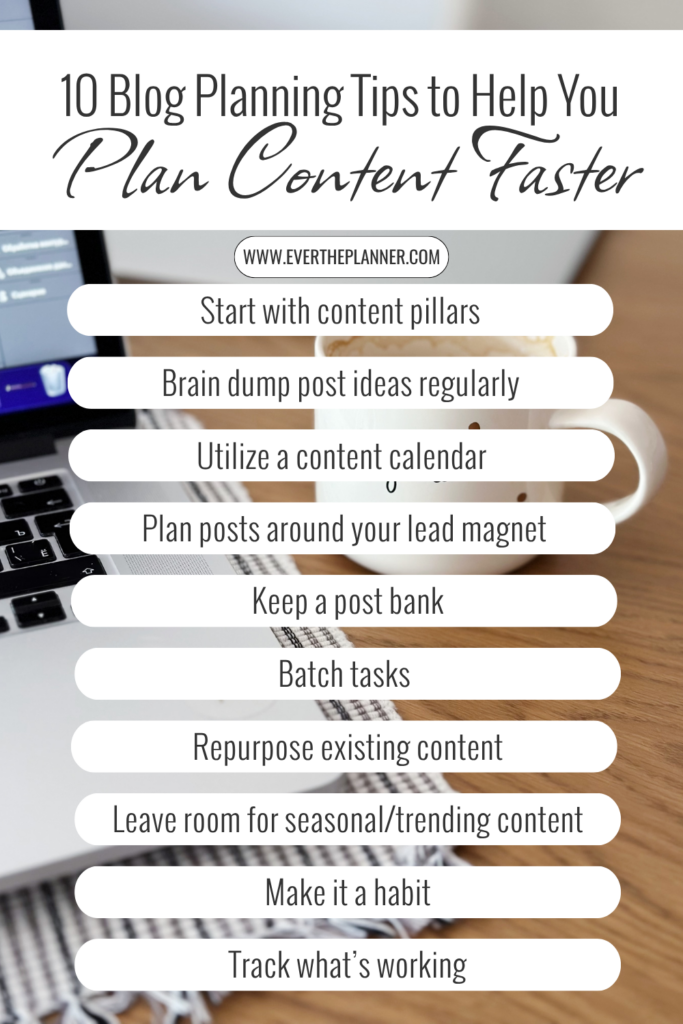
Final Thoughts
The key to saving time with blog planning isn’t doing more—it’s doing the right things more consistently.
Start by picking just one or two of these blog planning tips to try this week, and build from there. Small changes really do add up over time.
And if you’d like a little extra support, don’t forget to grab my free Content Planning Workbook—it’ll help you organize your ideas and plan your content faster.
If you’re ready to take your planning even further and build a simple weekly content habit, be sure to check out my 15-Minute Content Reset. It’s the tool I use to quickly turn ideas into a focused plan I can actually stick with.
You’ve got this—happy planning!
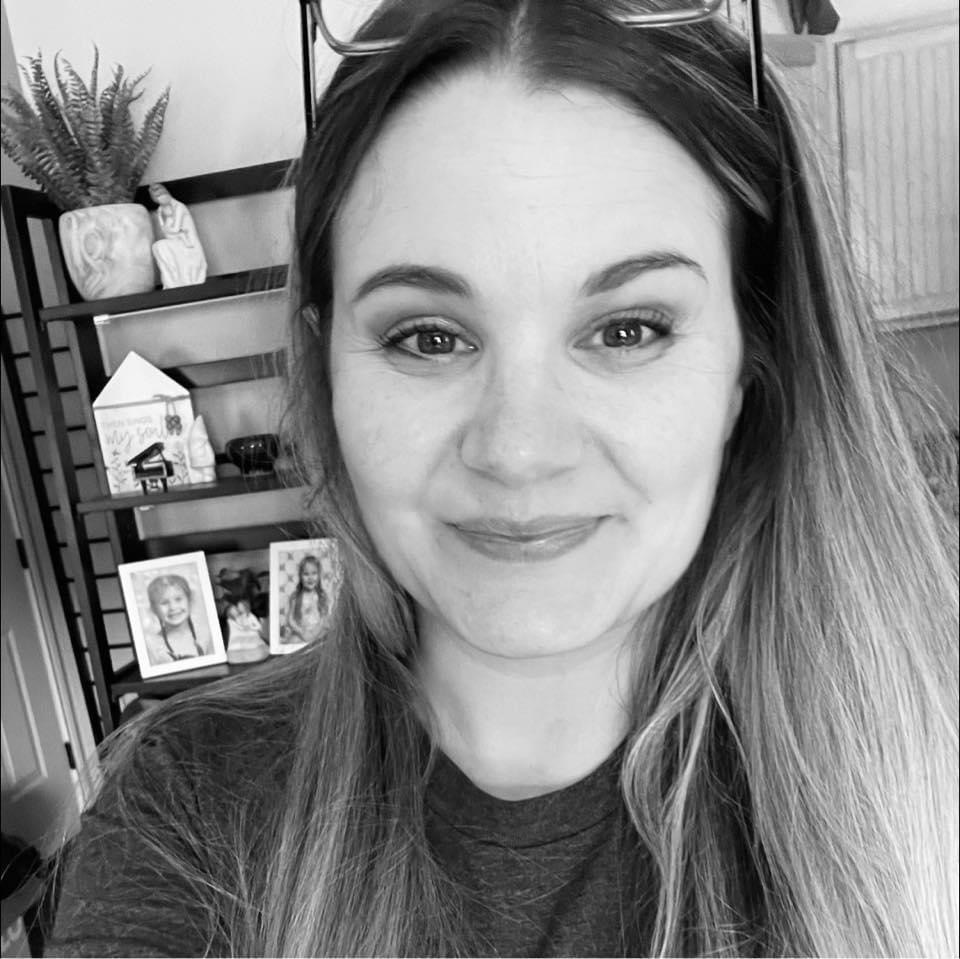
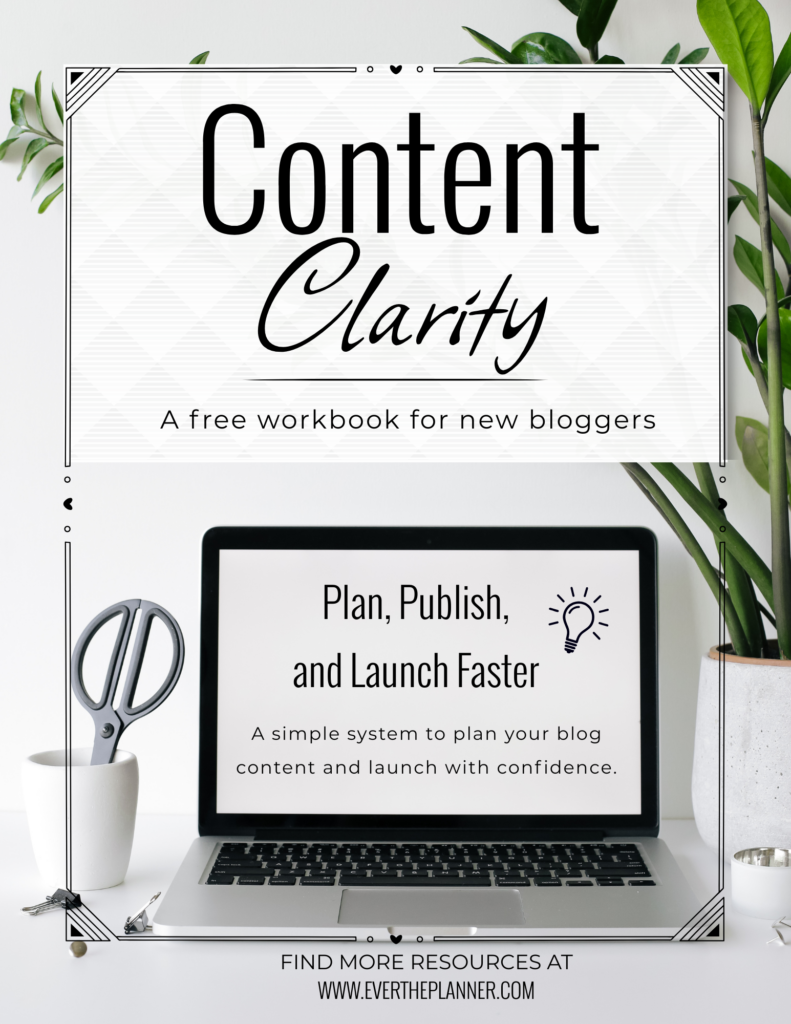
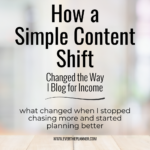
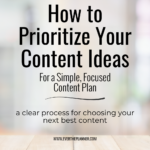
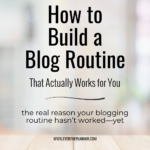
Be the first to comment